
Miniscule single cells of bacteria are the masters of our world. They play many different roles in life on earth, with one of the most surprising being that some of them can actually purify precious metals.
An international team of researchers have discovered that a particular species of bacteria, Cupriavidus metallidurans, can actually ingest toxic metallic compounds and still thrive. What’s more is that the bacteria can actually produce tiny gold nuggets as a side-effect.
Gold moves through a process that’s called the biogeochemical cycle, just as many other earth elements do. This process sees elements being dissolved, shifted around and eventually re-concentrated in the Earth’s sediment.
Seeing as microbes are involved at every step of this process, scientists have long wondered how the microbes don’t get poisoned by the highly toxic compounds formed by gold ions in the soil.
Cupriavidus metallidurans, which is a rod-shaped bacteria species, was first found to excrete gold nuggets back in 2009 when scientists discovered that it’s capable of ingesting toxic gold compounds and converting them into the element’s metallic form without endangering or harming itself.
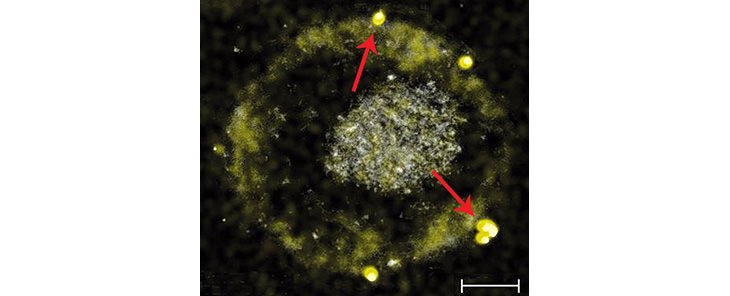
After many years of investigation, scientists now know how the bacteria are capable of this amazing feat. It thrives in soils containing both hydrogen and a range of toxic heavy metals, meaning that it has little to no competition from other organisms that would easily be poisoned in such an environment.
This means that any organism choosing to live in such an environment has to have a way of protecting itself from all of the toxicity surrounding it. It turns out that this particular bacterium has an ingenious protective mechanism that involves both gold and copper.
Compounds containing both of these elements can easily be ingested by the bacteria, and copper ions and gold complexes get transported deep inside. Then, the bacteria use enzymes to shift offending metals out of their cells, allowing them to dispose of them unimpeded. Not only does this process allow the bacteria to shed all of the unwanted copper – It also results in tiny gold nugget nanoparticles on its surface.
The new research that has resulted in these findings builds on previous research conducted by the same team is a fascinating insight into the weird talents of this particular bacteria, which could potentially be put to good use.
The significance of the findings is that scientists are now a huge step closer to unlocking the biogeochemical cycle of gold. Understanding this process could lead to gold refining from ores that only contain very small amounts of the precious metal, which is something that’s extremely tricky to do at present.
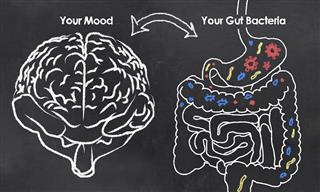
Can Probiotics Improve Mental Health? Research Says YES
Studies repeatedly show that probiotics can be a potentially effective treatment for several mental health issues. This is what is currently known on the topic.

Scientists Have Found a 1.5-Million-Strong Penguin Colony
It's not a regular occurrence for a 1.5-million strong penguin colony to be discovered, but that's exactly what happened in Antarctica...

How to Maximize Productivity With Study Planner Apps
These apps are designed to help students organize their study schedules, track their progress, and ultimately achieve their academic goals with greater ease.
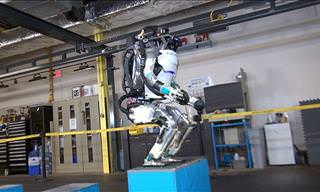
3 Robots that Are Already Scary Advanced...
You'll be amazed to see how human (or animal)-like these robots are. They are all by Boston Dynamics, a robotics company at the forefront of its sector.

Alcohol Linked To More Cancer Types Than Previously Known
A new study found a clear correlation between alcohol consumption and more types of cancer than previously known.

Can You Really Get Food Poisoning From a Humble Tea Towel?
If you've seen some alarmist reporting regarding tea towels and food poisoning recently, there's no need to worry. Here's more information on the study.

INTERACTIVE: A Guide to the Workings of the Human Body
The human body is the most complex machine known to man, and the amount of things it has to do to keep us alive is incredible. View this interactive guide now.
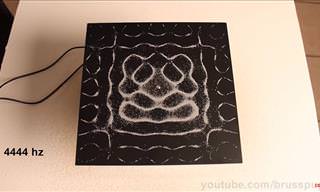 3:39
3:39
Magic is Only A Vibration Away With This Great Experiment
All it takes is some sand, a metal plate and carefully toned vibrations from a speaker to create stunning and complex patterns. This video shows you the amazing results!
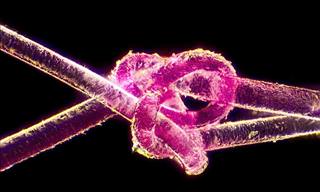
20 Peculiar Microscope Photos That You Really Must See
An unseen world exists at our fingers, and thanks to these wonderful micrographs, we can get a glimpse into that dimension.

Study: Biggest Ocean in the World is.. Underground?
A groundbreaking discovery by researchers reveals an enormous water reservoir deep beneath the Earth's surface.

New Study: There is a Sure Way to Slow Aging
This new study confirms what has long been suspected: The less calories we consume, the slower we age.
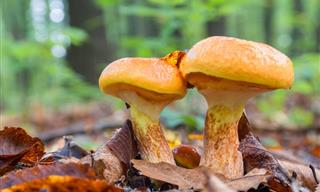
Science News: New Wonder Mushroom Cleans the Air
Let's learn about a magical new mushroom that is not only enriching the soil for farmers but also capturing CO2 from the air!
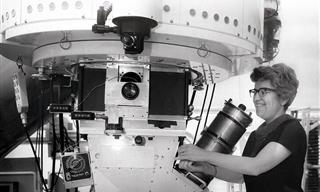
7 Overlooked Scientists Who Should Be Household Names
Meet seven scientists who never got the credit they deserved.
 9:34
9:34
Was Roman Concrete Really Superior to Our Own?
How did Ancient Romans make such durable concrete that it still lasts today?

When Under a Microscope, Even Ordinary Things Seem Alien
Have you ever given any thought to what every day things look like under a microscope? Some of these images are truly beautiful - see for yourself in the images below.
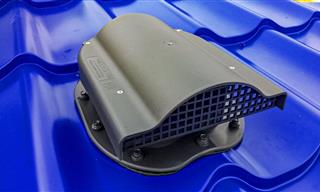 13:01
13:01
13 Incredible ROOF INNOVATIONS For Your House
Keep the roof of your house safe with these incredibly useful inventions.

5 Robotics Trends Anticipated in 2024
What does 2024 have in store for the field of robotics?

17 Incredible Eye Facts You Have To See To Believe
They say the eyes are the window to the soul, and they also happen to be our windows to the world. Here are 17 insanely fascinating facts about eyes.
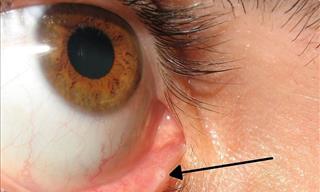
7 Little-Known Body Parts We Never Knew About
Here's a look at some of the weird and little-known body parts that you didn’t know you had.
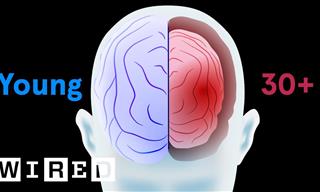 13:01
13:01
Understanding the Aging Process of Our Body Parts
Find out how every organ and body part in our body changes with age.
 4:40
4:40
Breathalyzers May Be More Important Than You Thought
This video does a great job in breaking down how in the future, breath analysis can be used to detect disease and prevent more invasive procedures.
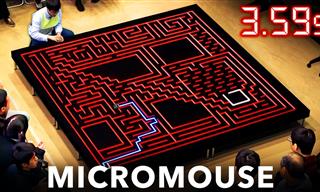
Welcome to the Fastest Maze-Solving Competition Ever Made...
Welcome to Micromouse, a competition for the quick of eyes and the quick of minds. This is the oldest robotics race.
 15:41
15:41
Keep Your Home Safe with These Handy Gadgets
These 13 devices will transform your home security.

6 Remarkable Yet Overlooked Minds That Shaped Our World
These underappreciated geniuses deserve more recognition.
 20:01
20:01
Future Tech: 19 Innovations About to Change Our World
These groundbreaking new technologies will change our world.
 14:49
14:49
This Man Built an Automatic Train System for Trash Cans!
Wouldn’t it be cool if a robot picked up and moved our garbage out for pickup with the push of a button?

Is Weekend Sleep as Good as Regular Sleep? Let's Check
If you thought sleeping in on the weekend was a bad habit, you're about to find out that it's quite the opposite.

Satisfy Your Curiosity About the Universe with These Q&As
Discover more about the universe by reading through these facts.

New Study: Are Dogs Even More Intelligent than We Thought?
New study sheds more light on canine intelligence, making some fascinating discoveries.
 56:12
56:12
What's the Largest Thing in the Universe?
In this video, we look into some of the mightiest structures in the known universe.
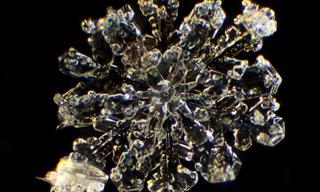
See the World From Up Close - 17 Fascinating Macro Photos
Seeing ordinary objects like honey, paracetamol, and snow through a microscopic lens teaches us how beautiful and intricate they really are!
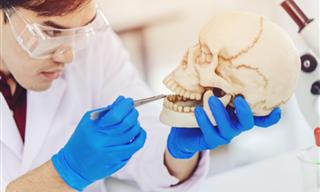
Ancient Skull Found In China Unlike Any Human Ever Seen
A newly-discovered skull in China had baffled scientists. This could mean we might have discovered an entirely new species of humans.

16 Surprising Things I Never Knew About Sleeping!
Who knew there was so much we don't know about our most popular activity! Here are 16 facts you may not have known about your sleep.
 6:31
6:31
The Psychology Behind Why Some People Are Habitually Late
Now we finally know why some people are habitually late.

The Facts You Didn't Know About the Human Body...
Discover 120 fascinating and surprising facts about your body you may not have known. Going over most of the body parts, you will learn so much you never knew about the body we all use.
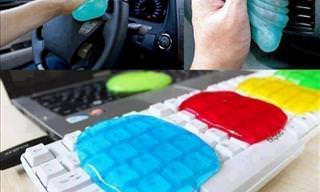
20 Amazingly Simple Inventions That Make Life Easier
Some wonderful inventions can fix some of the most annoying little problems that bug us every single day. Here are 20 of the most inventive ideas I've ever seen that I can't believe no one has invented before.
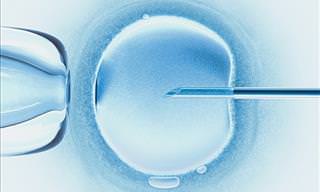
First US Embryo to be 'Edited'; Rise of Genetic Changes!
Could the first human embryos be genetically modified?

16 Interesting Things We Bet You've Never Seen Before
Once we have finished school and learned all the necessary skills at work, it may seem that no further studying is necessary. 16 interesting photos you wish you had seen in textbooks at school.
 7:56
7:56
Asteroid Mining: Why it's the New Trillion Dollar Business
Get ready to learn how asteroid mining could potentially transform our world.
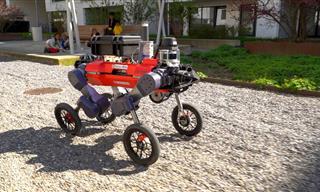 2:52
2:52
New Robots: This Robot Uses Both Wheels AND Legs
This robot can get just about anywhere in little time because it uses both wheels and legs to get over most hurdles.

There are Some Great Secrets Found in Mathematics...
Numbers hold some great secrets - they even tell us about life!
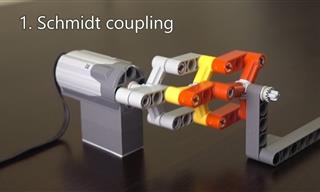 7:21
7:21
Science: 20 Mechanical Principles Demonstrated Using Lego
In this video, we'll explore a variety of fascinating mechanical mechanisms, all demonstrated using Lego models.
 30:04
30:04
50 Crazy But True Facts About Dreams You Need to Know
Here are some strange and unusual facts about dreams that will surprise you.
 13:21
13:21
The Race to Complete the World's Second-Tallest Skyscraper
Malaysia is all set to unveil the world’s second tallest skyscraper.

New Study: A Pill that Works Out Your Muscles?!?
New study shows that, though we are not there yet, a pill can and probably WILL come out that works out the muscles and grows them.

Incredible New Bionic Arm Fuses With Woman's Nerves
Karin's bionic hand is real sci fi, making her one of the first true cyborgs.
 2:23
2:23
Introducing the Astronauts That Were Just Launched Into Space
The two astronauts — veteran NASA fliers Bob Behnken and Doug Hurley are honored to have been on this flight. Let's get to know them!


